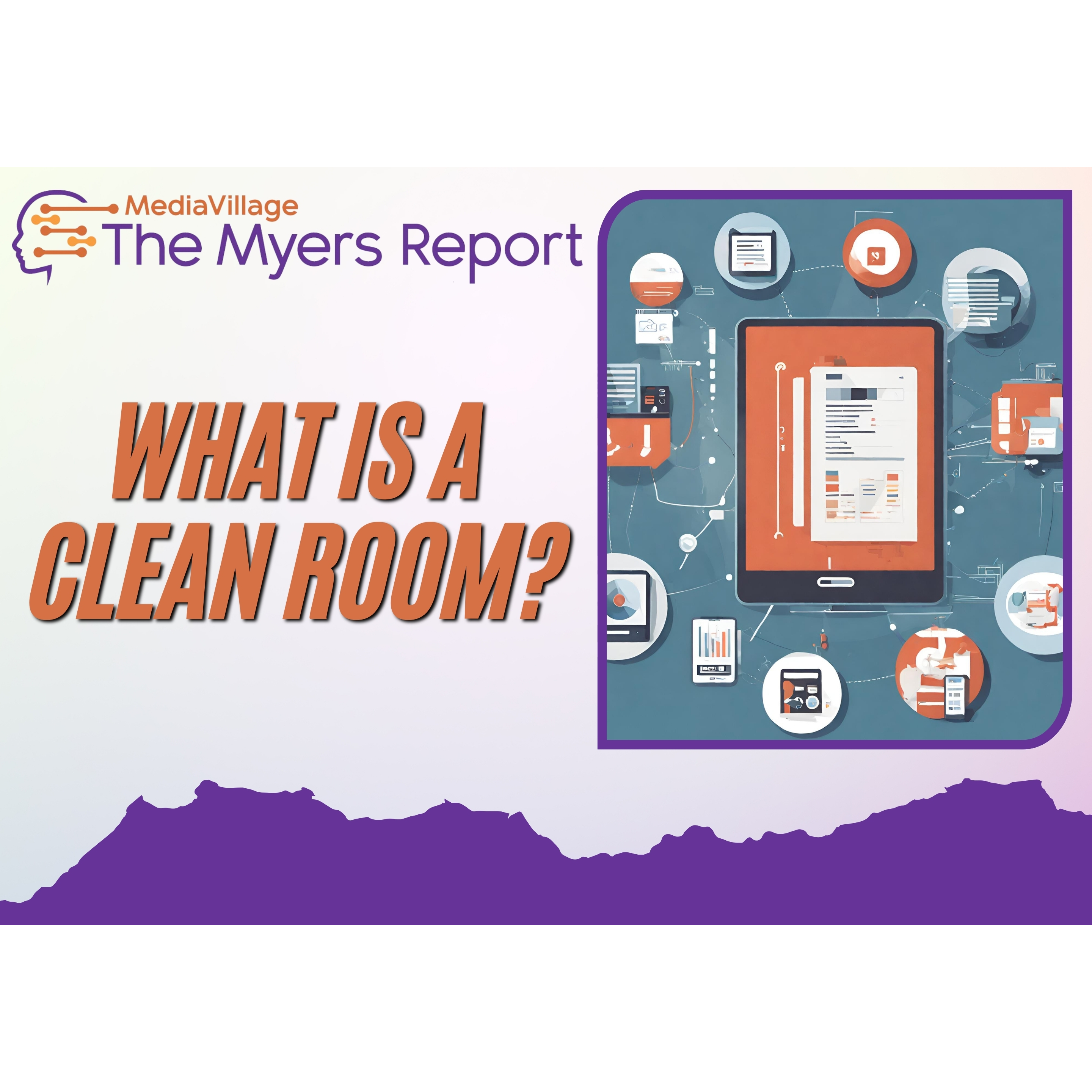What is a Clean Room?

In a search at MeetingPrep.ai, the official advertising industry search engine, "clean rooms" appears with increasing frequency. Yet only a small minority of advertising professionals say they are knowledgeable enough to describe "clean rooms". Only 16% of advertising and media research professionals and 35% of industry data scientists say they could engage in a discussion on clean rooms while 37% say they would "need the cliff notes."*
So, what is a clean room in the context of the research industry?
When handling first-party data, the term "clean room" takes on a different meaning compared to its traditional use in manufacturing or pharmaceuticals. Here, a data clean room refers to a secure, controlled environment where sensitive data can be analyzed and processed while ensuring that privacy and confidentiality are maintained.
Here are key features and uses of data clean rooms in research involving first-party data:
1. Data Privacy and Security: Data clean rooms are designed to protect sensitive information, such as personal data collected directly from individuals (first-party data). This environment ensures that the data is handled in compliance with privacy laws and regulations, like GDPR or HIPAA, depending on the jurisdiction.
2. Collaboration Without Compromise: Data clean rooms enable different parties, such as brand marketers (i.e., P&G) and media platforms (i.e., Disney), to collaborate. In an interview with Disney's Rita Ferro, she claimed that Disney has built and maintains more than 100 clean rooms for individual brands. They can analyze shared datasets without actually sharing the raw data itself, thus preserving the confidentiality of the data subjects.
3. Controlled Access and Processing: Access to a data clean room is tightly controlled, with strict protocols on who can enter the environment and what operations they can perform. This minimizes the risk of data breaches or unauthorized access.
4. Standardization and Compliance: These environments are often governed by standards that ensure data is processed in a consistent and compliant manner. This is crucial for maintaining the integrity of the research and ensuring that findings are based on reliable and lawfully processed data.
5. Advanced Analytics: In a data clean room, advanced analytics and machine learning tools can be used to derive insights from first-party data. Researchers can run complex queries and analyses without ever exposing the underlying data, thereby protecting individual privacy.
While traditional clean rooms focus on physical contaminants, data clean rooms in the research industry focus on data integrity, privacy, and secure collaboration. They are an essential component for handling first-party data responsibly and effectively in research settings.
To share your knowledge needs, request the MediaVillage Inclusion, Belonging, Knowledge, and Relationships Survey questionnaire from The Myers Report by sending an email request with your name, title, company and email address to maryann@mediavillage.org .
*The Myers Report Survey of Agency and Brand Decision Makers, September 2023


